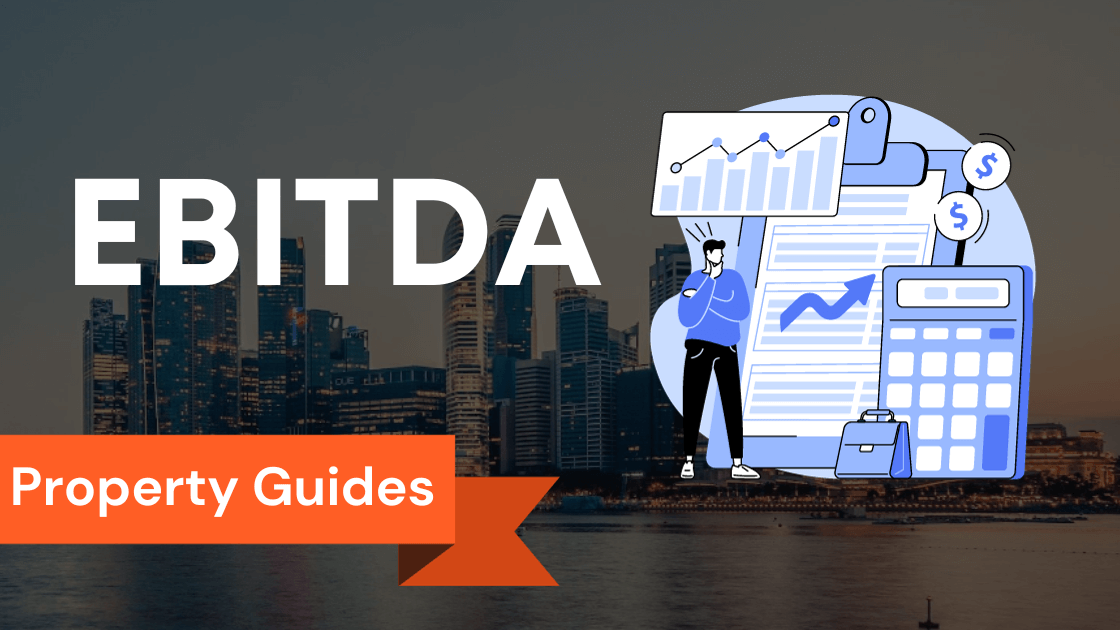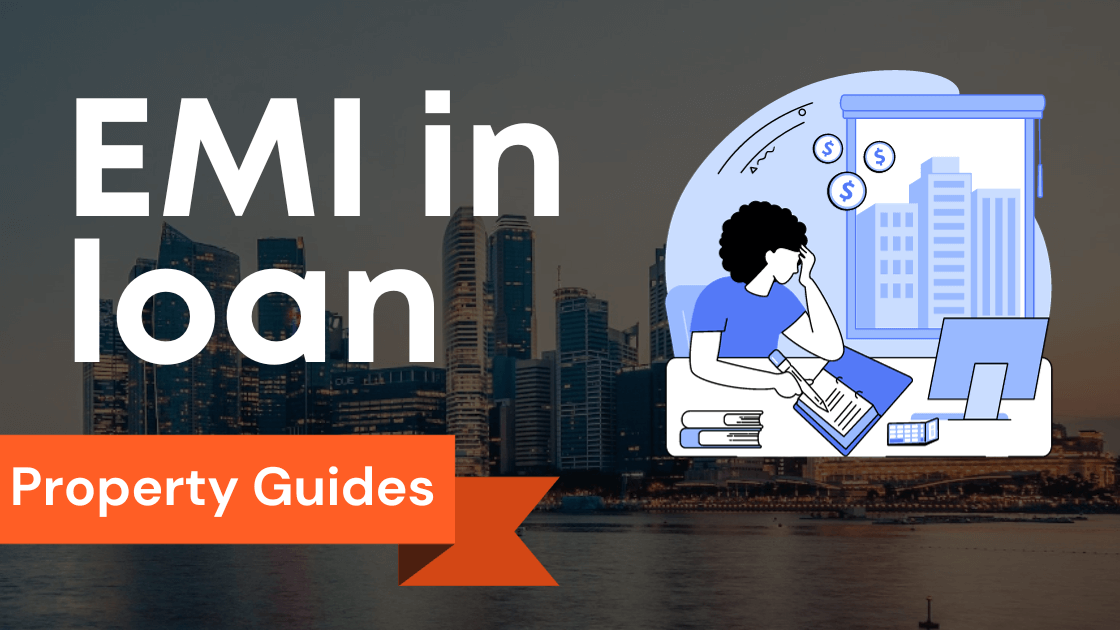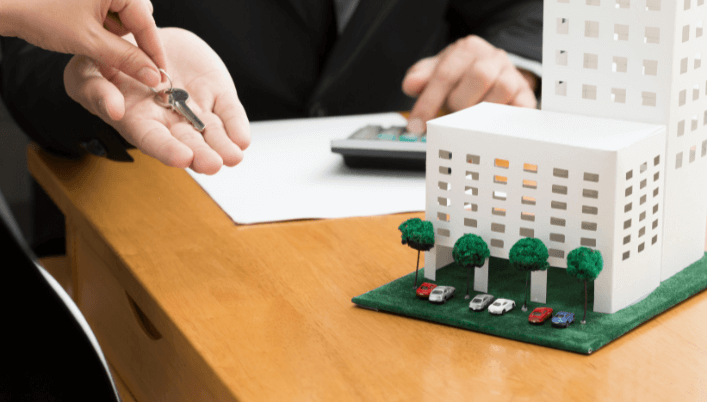
Downpayment for Condo in Singapore: A Comprehensive Guide for 2023
A downpayment for condo refers to the initial amount of money that a buyer must pay upfront towards the purchase of the property.
It is typically expressed as a percentage of the total purchase price.
The down payment serves as a form of security for the lender, as it represents the buyer’s investment in the property and reduces the risk of default.
The exact amount required as a down payment varies depending on various factors, such as the lender’s requirements, the buyer’s financial situation, and the location of the condo.
Typically, a down payment for a condo can range from 5% to 20% of the purchase price.
It is important for potential buyers to carefully consider their financial capabilities and consult with a mortgage advisor to determine the most suitable down payment amount for their specific situation.
By making a substantial down payment, buyers can not only improve their chances of securing a mortgage loan but can also potentially save money on monthly mortgage payments and overall interest costs in the long run.
If you’re considering buying a condo in Singapore, one of the first things you need to understand is the downpayment.
The downpayment is the initial payment you make when purchasing a residential property, specifically a condominium unit.
In this guide, we’ll walk you through everything you need to know about the downpayment for a condo in Singapore in 2023.
What is a downpayment for a condo?
A downpayment is the initial sum of money you pay upfront when buying a condo in Singapore.
It is usually expressed as a percentage of the total purchase price of the property.
The downpayment serves as a commitment from the buyer and is typically paid in cash or cash and Central Provident Fund (CPF) funds.
This payment is made to the developer or seller upon signing the Option to Purchase (OTP) or Sale and Purchase Agreement (SPA).
How much downpayment do I need for a condo in Singapore?
The minimum downpayment for a condo in Singapore depends on whether you are purchasing as a Singaporean citizen, a permanent resident, or a foreigner.
For Singapore citizens and permanent residents, the minimum cash downpayment is 5% of the purchase price, while the minimum downpayment for foreigners is 20%.
It’s important to note that the downpayment can be paid in cash or a combination of cash and CPF funds.
However, the cash portion must be at least 25% of the total downpayment.
The remaining portion can be paid using CPF funds, subject to certain limitations.
How to calculate the downpayment for a condo in Singapore
To calculate the downpayment for a condo in Singapore, you need to consider several factors, including the loan tenure, loan term, affordability calculator, and available loan packages.
The loan tenure refers to the length of time you will take to repay your home loan.
The longer the loan tenure, the smaller your monthly repayments will be, but you will end up paying more in interest over the long run.
The loan term refers to the type of loan package you choose, such as a fixed rate or floating rate.
Fixed-rate loans provide stability as the interest rate remains constant throughout the loan tenure.
In contrast, floating-rate loans offer a variable interest rate that may fluctuate based on market conditions.
You can use an affordability calculator provided by banks or financial institutions to determine the maximum loan amount you are eligible for based on your income, existing debts, and other financial commitments.
Lastly, compare different loan packages offered by banks to find the one that best suits your financial situation and preferences.
Consider factors such as interest rates, lock-in period, and additional fees.
http://www.youtube.com/watch?v=gf6v3kojrDU
In conclusion, understanding the downpayment requirements for a condo in Singapore is crucial when planning to purchase a residential property.
Make sure to calculate the downpayment based on your eligibility and assess your financial capability before proceeding with the purchase.
Always consult with a professional financial advisor to make informed decisions and ensure a smooth and successful transaction.
Key Takeaways
- Understanding the Downpayment: The downpayment is the initial payment made when purchasing a condo in Singapore. It’s usually a percentage of the total purchase price.
- Minimum Downpayment Requirements: The minimum downpayment varies for Singapore citizens (5%), permanent residents (20%), and foreigners (30%).
- Using CPF Funds: Singaporeans and PRs can use their CPF savings for the downpayment, but there are withdrawal limits.
- Paying in Cash: Using cash gives you flexibility in financing options and can reduce monthly mortgage payments.
- Combining CPF and Cash: A common strategy is to use a combination of CPF and cash for the downpayment to leverage benefits and reduce upfront costs.
- Loan Tenure and Term: Consider the loan tenure, loan term (fixed or floating rate), and loan packages when calculating the downpayment.
- Affordability Calculator: Use an affordability calculator to determine your maximum loan amount based on income and financial commitments.
- Loan Comparison: Compare different loan packages offered by banks to find the one that suits your financial situation.
- Government Schemes: First-time homebuyers can benefit from government schemes like CPF Housing Grants and Enhanced CPF Housing Grant.
- Additional Costs: Besides the downpayment, consider upfront and ongoing costs like legal fees, stamp duty, maintenance fees, and property taxes.
How to Pay for the Downpayment on a Condo in Singapore: Home Loan

Are you considering purchasing a condo in Singapore?
One of the most important things to consider is how to pay for the downpayment.
In this article, we will explore different options for paying the downpayment and help you make an informed decision.
Using CPF to pay for the downpayment
The Central Provident Fund (CPF) is a government-administered savings fund in Singapore.
It allows Singaporeans and Permanent Residents to use their CPF savings for housing purposes, including paying for the downpayment on a condo.
However, there are some limitations to be aware of.
First, there are withdrawal limits on the amount you can take out from your CPF for the downpayment.
These limits depend on various factors, such as your age, the remaining lease of the property, and whether the property is new or resale.
Additionally, using CPF for the downpayment means that you need to consider the financing options for the remaining amount.
This could be through a bank loan or other financing arrangements.
It’s important to understand the terms and conditions of these financing options before committing to them.
Using cash to pay for the downpayment
Another option to pay for the downpayment is to use cash.
This means that you will need to have upfront costs in the form of liquid cash to cover the downpayment.
While using cash means that you may have to allocate a significant amount of money upfront, it also has its advantages.
Paying the downpayment in cash gives you more flexibility in terms of financing options.
You are not limited by CPF withdrawal limits or the terms and conditions of bank loans.
Additionally, if you have extra cash on hand, using it for the downpayment can help reduce your monthly mortgage payments.
Using a combination of CPF and cash to pay for the downpayment
A common strategy is to use a combination of CPF and cash to pay for the downpayment.
This allows you to leverage the benefits of both options.
By using CPF, you can take advantage of the withdrawal limits and lower your upfront costs.
Using cash can give you more flexibility and potentially reduce your monthly mortgage payments.
When using a combination of CPF and cash, it’s essential to consider your financial situation and the amount of CPF savings you have.
You should also factor in the potential impact on your future CPF balances and retirement funds.
http://www.youtube.com/watch?v=6g31puSILgg
In conclusion, there are different ways to pay for the downpayment on a condo in Singapore.
Whether you choose to use CPF, cash, or a combination of both, it’s essential to consider the benefits and limitations of each option carefully.
Consulting with a financial advisor or mortgage specialist can help you make the best decision based on your circumstances.
Minimum Downpayment Requirements for Condos in Singapore
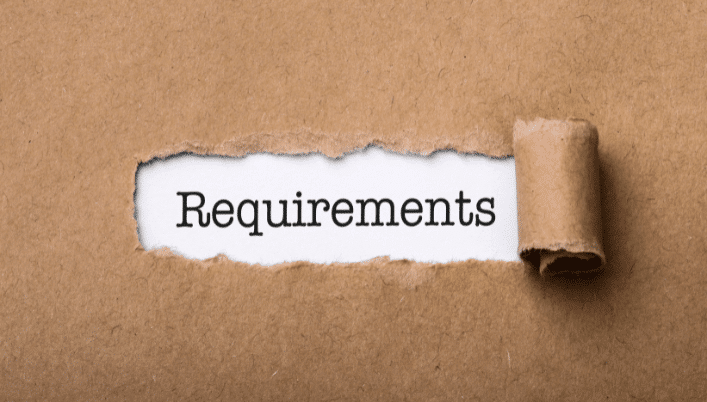
Minimum Cash Downpayment Requirements
When it comes to purchasing a condo in Singapore, buyers are required to meet specific downpayment requirements.
These requirements are in place to ensure that buyers have a vested interest in the property and can afford the monthly mortgage payments.
Let’s take a look at the minimum cash downpayment requirements for condos in Singapore.
For Singapore citizens, the minimum cash downpayment is typically 5% of the purchase price for the first property.
For second and subsequent properties, the downpayment increases to 25% of the purchase price.
This means that if you are a Singapore citizen purchasing a condo worth SGD 1 million as your first property, you would need to have a minimum cash downpayment of SGD 50,000.
For Permanent Residents (PRs) of Singapore, the minimum cash downpayment is 20% of the purchase price for the first property and 30% for the second and subsequent properties.
For foreigners, the minimum cash downpayment is 30% for all properties.
Minimum CPF Downpayment Requirements
In Singapore, the Central Provident Fund (CPF) is a social security savings plan that helps individuals set aside funds for retirement, healthcare, and housing.
Buyers have the option to use their CPF funds to finance their condo purchases partially.
However, there are withdrawal limits for CPF funds.
For Singapore citizens, the maximum amount that can be withdrawn from their CPF account for a condo purchase is 120% of the prevailing Valuation Limit, which is the lower of the purchase price or market value of the property.
For PRs and foreigners, the maximum withdrawal limit is 80% of the Valuation Limit.
It’s important to note that the CPF funds used for the downpayment must be replenished over time.
This ensures that buyers have sufficient funds for their retirement needs.
Minimum Downpayment Requirements for First-Time Homebuyers
In an effort to make homeownership more affordable for first-time buyers, the Singapore government has implemented additional measures.
First-time homebuyers have the option to participate in the Enhanced CPF Housing Grant and the Additional CPF Housing Grant schemes.
These schemes provide financial assistance to eligible buyers, reducing the amount of cash required for the downpayment.
Additionally, first-time homebuyers who are unsuccessful in their first attempt at balloting for a Build-To-Order (BTO) flat are given additional chances in subsequent BTO exercises.
This gives them a better opportunity to secure a home.
Overall, understanding the minimum downpayment requirements for condos in Singapore is crucial for buyers looking to enter the property market.
It’s important to plan your finances and ensure that you have the necessary funds to meet these requirements.
By doing so, you can navigate the process smoothly and achieve your dream of owning a condo in Singapore.
Tips for Saving for a Condo Downpayment in Singapore

Create a budget and stick to it
When saving for a condo downpayment in Singapore, it’s important to create a budget and stick to it.
This will help you track your income, expenses, and savings, allowing you to allocate a specific amount towards your downpayment each month.
By setting a realistic budget, you can ensure that you are saving enough while still meeting your other financial obligations.
It may require some sacrifices and adjustments, but the end goal of owning a condo will make it worthwhile.
Set up a separate savings account for your downpayment
To effectively save for a condo downpayment, set up a separate savings account dedicated solely to this goal.
This will help you keep track of your progress and prevent you from tapping into these funds for other purposes.
Choose a savings account that offers a competitive interest rate and consider setting up an automatic transfer from your main account to your downpayment account.
By automating the saving process, you are less likely to forget or be tempted to spend the money elsewhere.
Explore assistance programs or government schemes
In Singapore, there are various assistance programs and government schemes available to help first-time homebuyers save for their downpayment.
One such scheme is the Central Provident Fund (CPF) Housing Grant, which provides eligible individuals with financial assistance towards purchasing their first property.
Additionally, the Enhanced CPF Housing Grant and the Proximity Housing Grant are other schemes that can help alleviate the financial burden of a downpayment.
It’s important to research and understand the eligibility criteria and benefits of these programs to take full advantage of the support available.
Consider alternative sources of income
If you are struggling to save enough for a condo downpayment, consider exploring alternative sources of income.
This could include taking on a part-time job or freelancing gigs, renting out a spare room, or starting a side business.
These additional streams of income can supplement your savings and accelerate your progress toward your downpayment goal.
However, be mindful of any other time or financial commitments these sources of income may require, and ensure that they align with your overall financial goals.
Review your expenses and prioritize
To save for a condo downpayment, it’s essential to review your expenses and prioritize your spending.
Look for areas where you can cut back or eliminate unnecessary costs.
This could reduce dining out, entertainment expenses, or shopping habits.
By making conscious choices and focusing on your long-term goal of owning a condo, condo unit, HDB Flat, or home purchase, you can redirect those savings toward your downpayment.
Stay motivated and keep track of progress
Saving for a condo downpayment is a long-term goal that requires discipline and persistence.
It’s essential to stay motivated and remind yourself of the ultimate reward of owning a condo.
Set milestones along the way to track your progress, celebrate small victories, and stay committed to your savings plan.
Consider sharing your goal with a trusted friend or family member who can provide support and hold you accountable.
In conclusion, saving for a condo downpayment in Singapore requires careful planning, budgeting, and discipline.
By creating a realistic budget, setting up a separate savings account, exploring assistance programs, considering alternative sources of income, reviewing expenses, and staying motivated, you can make significant progress towards your goal of owning a condo.
Remember, every step you take brings you closer to the dream of homeownership.
Common Mistakes to Avoid When Buying a Condo Downpayment in Singapore
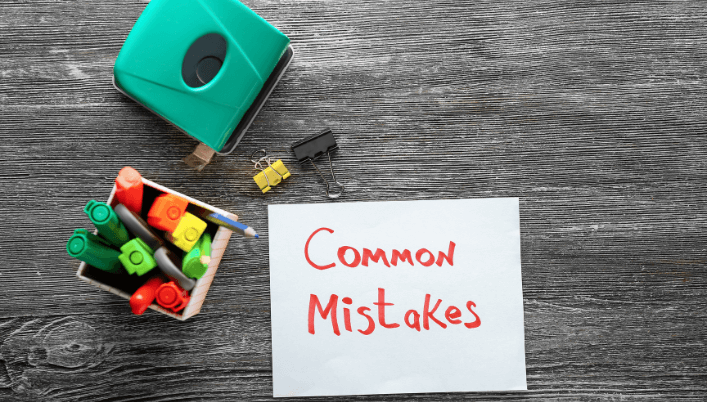
The decision to purchase a condo in Singapore is an exciting one, but it also comes with certain financial responsibilities.
One of the most important aspects to consider is the downpayment.
Here are some common mistakes to avoid when it comes to the downpayment for a condo in Singapore.
Not budgeting enough for the downpayment
One of the biggest mistakes that prospective condo buyers make is to budget more for the downpayment.
It’s important to have a clear understanding of your financial capability and determine how much you can comfortably afford.
You must do so to avoid putting a strain on your finances in the long run.
Take into account your monthly expenses, loan payments, and other financial obligations to determine a realistic amount for your downpayment.
Not understanding the different downpayment options
When it comes to the downpayment for a condo in Singapore, there are different options available.
It’s crucial to fully understand these options and choose the one that suits your financial situation best.
Some standard downpayment options include paying in cash, using funds from your Central Provident Fund (CPF), or opting for a combination of both.
Additionally, it’s worth exploring alternative funding options, such as bank loans or financial assistance programs, to ease the financial burden.
Not taking into account other costs associated with buying a condo
Apart from the downpayment, there are other costs associated with buying a condo that buyers often overlook.
Upfront costs such as legal fees, stamp duty, and agent fees can add up significantly.
It’s important to factor in these costs when planning your budget to avoid any financial surprises.
Additionally, consider ongoing costs such as maintenance fees, property taxes, and insurance premiums.
Understanding the full cost breakdown will give you a clearer picture of the financial commitment involved in buying a condo.
By avoiding these common mistakes, you can ensure a smoother and more financially sound condo-buying process.
Take the time to budget appropriately, understand the different downpayment options available, and consider all the associated costs.
By doing so, you’ll be better prepared to make informed decisions and secure your dream condo in Singapore.
Conclusion
Downpayment for Condo Singapore Conclusion
In conclusion, when it comes to buying a condo or any residential property in Singapore, you’ll need to plan and budget for the downpayment.
The amount of downpayment you need will depend on various factors such as whether you’re a Singapore citizen, a Permanent Resident (PR), or a foreigner.
Additionally, the price of the condo or private property will also determine the downpayment amount.
For Singapore citizens and PRs, the downpayment for a condo is typically 5% of the purchase price.
However, if the apartment costs more than $1 million, the downpayment will be 10% for the portion that exceeds $1 million.
Foreigners, on the other hand, must pay a downpayment of 20% of the purchase price for a resale condo.
For new condo developments, the downpayment is typically 25%.
To make the downpayment, you can use your CPF Ordinary Account (OA) savings, which is a government-funded retirement savings scheme.
However, it’s important to note that using CPF for your condo downpayment means you need to pay back the amount with interest.
Aside from the downpayment for condo, you’ll also need to pay other costs, such as stamp duty, which is a tax on property transactions.
The amount of stamp duty you need to pay depends on the price of the condo and whether you’re a Singapore citizen, PR, or foreigner.
In order to save for your condo downpayment:
- Start planning and budgeting early.
- Determine exactly how much you need to keep based on the price of the condo you’re interested in.
- Consider making regular contributions to your CPF OA and saving cash in a separate account.
Remember, buying a condo or any private property in Singapore is a significant financial commitment.
Ensure that you have a thorough understanding of the downpayment amount, CPF usage, and other costs involved.
Consulting with a trusted financial advisor or property agent can also provide valuable guidance throughout the process.
By being well-informed and prepared, you can confidently navigate the process of making a downpayment for a condo and take another step closer to your dream.
Frequently Asked Questions
What is a downpayment for a condo?
How much cash do I need for a condo downpayment?
Generally, you will need to pay at least 5% to 20% of the purchase price in cash.
Can I use CPF to pay for a condo downpayment?
You can use the funds from your CPF Ordinary Account (OA) towards the payment.
How much stamp duty do I need to pay when buying a condo in Singapore?
The rates are progressive and range from 1% to 4% of the purchase price.
What is the minimum cash downpayment required for a condo?
However, this percentage may vary depending on factors such as your loan amount and your eligibility for specific housing schemes.
Can I use CPF to pay for the stamp duty?
Stamp duty must be paid in cash and cannot be produced using CPF funds.
How much do I need to pay for the total condo downpayment?
The amount you need to pay will depend on the purchase price of the condo and the prevailing stamp duty rates.
Can I use a CPF Ordinary Account (OA) for my condo downpayment?
However, there are some limitations and eligibility criteria that you should be aware of.
How much downpayment do I need for an HDB BTO flat?
This amount can be paid using cash or CPF funds.
Do I have to pay additional buyer's stamp duty (ABSD) for my condo downpayment?
The rates for ABSD vary depending on your residency status and the number of residential properties you own.











